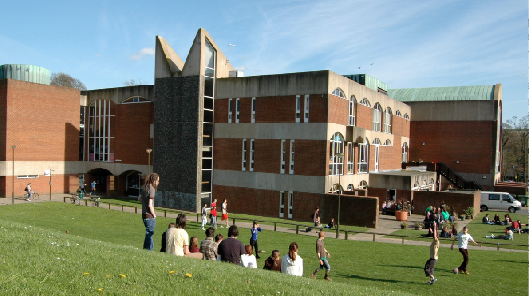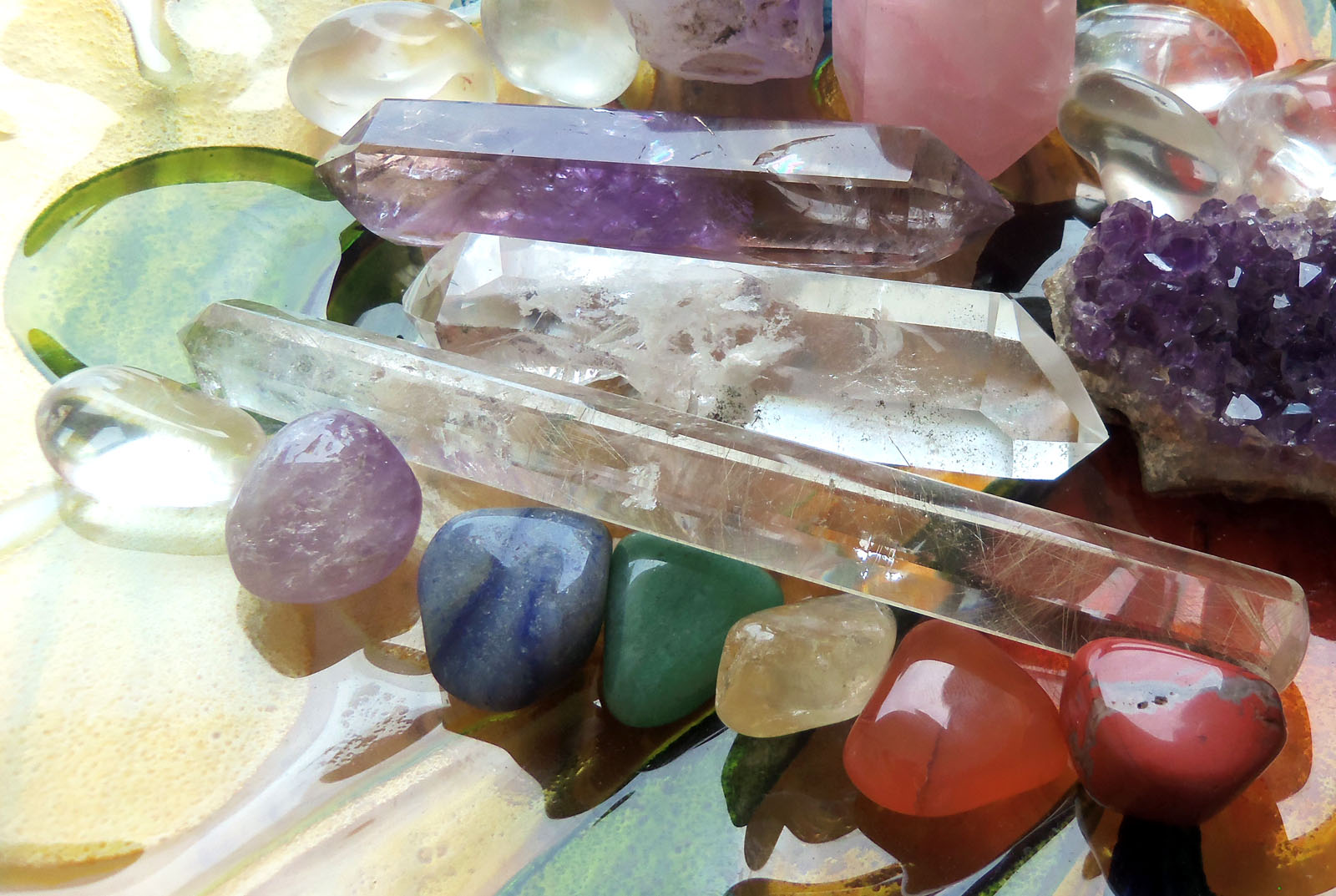
Every three years the Tate Britain holds an exhibition that attempts to reflect current art trends. ‘The Altermodern’ grabbed my attention because it claims to answer a question I have asked myself and been bemused at how infrequently it is addressed: what will follow the Post-Modern? The assortment of reviews it received intrigued me, ranging from “abysmal” in the conservative papers through to “rare” and “engaging” from the more happy-go-lucky weekenders.
The idea behind Altermodern is that we have moved out of the Post- modern era, symbolised by the global financial crisis; art being produced now is global, in contrast to modernism and post-modernism, whose starting point is Western culture. I suspended my criticism that the art world is still inaccessible for a large portion of the world and admitted that the global players in art are certainly set to change, especially with the emergence of China as a major producer.
First off the exhibition greets you with a giant, glittery accordion, the source of delight on reading that it was fully functional, but also disappointment that I’d missed the daily recital of left-wing political songs on the world’s largest accordion.
What was to follow had the same playful quality, with the theme of ambiguity cropping up again and again.
Some of the highlights included ‘Hermitos Children’ by Chetwynd. Along with various scenes of carnivalesque revelry, somewhat reminiscent of Brighton’s culture, is the story of the ‘Dildo Seesaw’, like the other of her short films, a sad, playful and very strange tale to be enjoyed by over 18s only.
For those with more conservative tastes are Darren Almond’s ‘Full Moon’ photos. These are a small collection of stunning photographs of Chinese mountains, taken over a fifteen minute exposure period and made to resemble ancient Chinese paintings. They provide a calm and welcome contrast to some of the stranger pieces.
The moving display by Navin Rawanchaikul, who was born in Thailand after his family migrated after the partition of Pakistan, focuses on his Indian roots. Comprised of a beautiful painting, film and personal message he explores the nature and importance of origin using elements of advertising and Bollywood. I loved how provocative this display was, but at the same time the painting could well have been an interpretation of a Salman Rushdie novel, of the 1980s. I fail to see how it had moved on from post-modern ideas.
This is my main criticism of Altermodern in general. The language surrounding the definition, “constellation,” “cluster,” “stripped of centre,” “transcultural landscape,” “hypertext,” all sound familiar and I fail to see how Altermodernity distinguishes itself from the previous era.
Having said that, as an experience, it was engaging. The atmosphere was one of accessibility and you are free to openly walk around the displays. At one point a little girl ran up to a tricycle supporting a whole host of eclectic items only to be paused at just the right moment by a very casual mother with ‘no that’s an art instillation sweetie’- curtailing her interest and closely avoiding disaster.
Despite the less inclusive feel of the price at £5.60 (concession), it’s worth a visit. If you’re in London do it.
‘Altermodern’ will run at the Tate Britain until the 26th of April.



